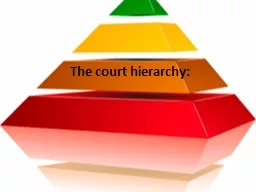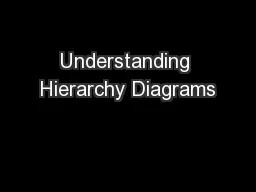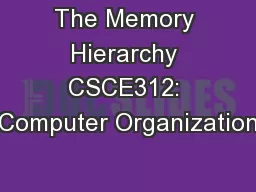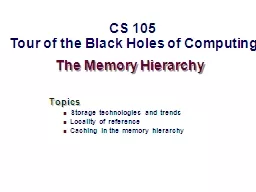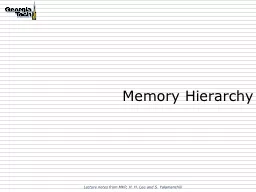PPT-The Memory Hierarchy
Author : giovanna-bartolotta | Published Date : 2016-03-03
15213 18213 Introduction to Computer Systems 10 th Lecture Sep 27 2012 Instructors Dave OHallaron Greg Ganger and Greg Kesden Today DRAM as building block for
Presentation Embed Code
Download Presentation
Download Presentation The PPT/PDF document "The Memory Hierarchy" is the property of its rightful owner. Permission is granted to download and print the materials on this website for personal, non-commercial use only, and to display it on your personal computer provided you do not modify the materials and that you retain all copyright notices contained in the materials. By downloading content from our website, you accept the terms of this agreement.
The Memory Hierarchy: Transcript
Download Rules Of Document
"The Memory Hierarchy"The content belongs to its owner. You may download and print it for personal use, without modification, and keep all copyright notices. By downloading, you agree to these terms.
Related Documents




